Secure Video Management System is one of the most essential aspects for individuals or businesses who want to protect their video content from piracy and theft! Increasing digital theft and piracy are quite a headache for businesses that deal with videos and therefore, emphasizing on video security and ensuring utmost security of videos while being hosted, streamed, or shared is crucial.
The video streaming market is expected to attain US$108.50 billion in 2024. Further it will grow with a Compound Annual Growth Rate of 8.27% from 2024 to 2027 that will again result in a market volume of US $137.70 billion by 2027.
Before jumping into the security aspects of a video, let’s explore what is a video management system? Let’s dive deep to know more!
What is a Video Management System or VMS?
We can refer to a video management system as a platform or software that helps you store, manage, and share videos online on your website and apps. Video management systems are not limited to storing, managing, and allowing playback and offer a lot more functionalities. Let’s find out:
Central Video Hub – Video Management System acts as a central hub for storing videos that makes it easier for users to access the video without going through a large folder. It acts as a dashboard from where you can manage multiple aspects of the contents in one place.
Playback and Streaming – Users and viewers can watch videos directly on the platform via streaming, without needing to download the entire video file. Video hosting platforms often employ adaptive streaming technologies to deliver the best possible viewing experience based on the viewer’s internet connection speed and device capabilities.
Monetization – Video management system allows you to monetize your videos through various monetization modes such as Ads, subscription, pay-per-view, donations, coupons, etc. Monetization is the most important feature for content creators who want to earn a decent revenue from their videos.
Analytics & Insights – Video hosting or video management platforms comes with analytics tools that help you gather insights into your audience demographics, viewing behaviors, engagement metrics and other relevant information. Analytics is also one of the most essential features because this helps you get the detailed information about your video’s performance and thus helps you analyze and optimize the content to increase audience engagement.
Customization – Now, customization is the most required feature for any businesses that are looking for a video management system. Free video hosting platform would not allow you to brand and customize the appearance of your video sharing platform, whereas premium platforms such as Muvi Flex helps you customize your platform and share videos under your brand name to maintain a consistent brand identity across audiences.
Security – Security is the last but most important feature of any video management system because it helps you protect your valuable contents from theft and piracy. Only the users whom you want to access the video can watch it or else it will completely be secured. VMS ensures that your contents are completely protected with strict security measures while also providing features for seamless sharing along with customizable viewing permission.
Why Do You Need Secure Video Hosting?
Protection of Intellectual Property
Businesses invest significant resources in creating video content, which often contains valuable intellectual property. Secure video hosting ensures that this content is protected from unauthorized access, downloading, or distribution, safeguarding the organization’s investment and maintaining its competitive edge.
Control Over Distribution
Secure video hosting platform provide businesses with granular control over how their content is distributed. They can set access permissions, such as password protection or restricted viewing by specific users or groups, ensuring that content is only accessed by intended audiences.
Prevention of Piracy
Piracy is a significant concern for content owners, leading to revenue loss and reputational damage. Secure video hosting platforms implement anti-piracy measures, such as digital rights management DRM tools, encryption, and watermarking, to deter unauthorized copying and distribution of content.
Data Security and Compliance
Businesses handling sensitive or confidential information in their video content must prioritize data security and compliance with relevant regulations e.g., GDPR, HIPAA. Secure video hosting platforms offer robust security features, including encryption, access controls, and compliance certifications, ensuring that data is protected and regulatory requirements are met.
High-Quality Streaming Experience
A secure video hosting solution ensures a seamless and high-quality streaming experience for viewers. It leverages content delivery networks to optimize video delivery, minimize buffering, and provide smooth playback across various devices and network conditions.
What Features You Should Look For in a Video Management System?
Customization:
The ability to customize the user interface, metadata fields, access controls, and branding elements ensures that the VMS aligns with your specific requirements and reflects your brand identity.
Various video streaming formats:
Support for multiple video streaming formats such as MP4, HLS, MPEG-DASH, and others ensures compatibility with different devices and platforms, enhancing the reach of your content.
Geo-blocking:
Geo-blocking allows you to restrict access to your video content based on the viewer’s geographical location. This feature is particularly useful for complying with content licensing agreements and ensuring content availability only in authorized regions.
Bulk-upload:
Bulk-upload functionality enables you to upload multiple videos simultaneously, saving time and effort, especially when dealing with large video libraries.
Built-in CDN
Integration with a built-in CDN enhances the delivery speed and scalability of your video content by caching and distributing it across multiple servers located in different geographic locations, closer to the end-users.
Video Content Management System:
A comprehensive video hosting CMS facilitates efficient organization, categorization, and management of video content, including metadata tagging, search functionality, and content versioning.
Encoding and Transcoding:
Encoding and transcoding capabilities enable you to optimize video files for various devices, screen sizes, and network conditions, ensuring smooth playback and reducing buffering issues.
Subtitles:
Support for subtitles allows you to provide accessibility options for viewers who are hearing impaired or non-native speakers, enhancing the inclusivity of your content.
Playlist with HLS Output:
The ability to create playlists and generate HLS or HTTP Live Streaming output ensures seamless playback of a sequence of videos, providing a curated viewing experience for your audience.
Built-in Multi-DRM Security:
Multi-DRM support safeguards your video content against unauthorized access, piracy, and distribution by encrypting the content and managing access rights across different devices and platforms.
Analytics & Reports:
Robust analytics and reporting tools provide valuable insights into viewer engagement, content performance, audience demographics, and consumption patterns. This data empowers you to make informed decisions, optimize content strategy, and enhance user experience.
What Should You Consider Before Choosing a Secure VMS?
Before choosing a secure Video Management System or VMS, several factors need careful consideration to ensure the system meets your organization’s needs and provides robust security solutions. Here’s a detailed explanation of each factor:
Scalability:
Scalability refers to the system’s ability to accommodate growth in terms of the number of cameras, users, and locations. A secure VMS should be scalable to meet your organization’s expanding surveillance requirements without compromising performance or security.
Consider whether the VMS can easily integrate additional cameras and support multiple sites if your organization plans to expand its surveillance network in the future. Scalability ensures that your investment in the VMS remains viable in the long term.
Cost-Effectiveness:
While security is paramount, cost-effectiveness is also crucial. Evaluate the total cost of ownership, including initial setup costs, licensing fees, maintenance expenses, and any additional hardware requirements.
Look for VMS solutions that offer flexible pricing models, such as subscription-based or scalable licensing, to align with your budget and avoid overpaying for features your organization doesn’t need.
Seamless Integration:
A secure VMS should seamlessly integrate with other security systems and third-party applications, such as access control systems, intrusion detection systems, and analytics software.
Integration enables centralized management and automation of security operations, improving efficiency and effectiveness. Ensure compatibility with existing infrastructure and future expansion plans to maximize the benefits of integration.
Reliability:
Reliability is critical for a secure VMS, as any downtime or system failure could compromise security and result in significant losses. Assess the VMS’s reliability based on factors such as uptime guarantees, fault tolerance, and disaster recovery capabilities.
Look for VMS solutions with redundant hardware, failover mechanisms, and robust support services to minimize the risk of disruptions and ensure continuous surveillance monitoring.
Customization:
Organizations have unique security requirements and operational preferences, so a secure VMS should offer customization options to tailor the system to your specific needs.
Evaluate the VMS’s flexibility in configuring user roles, permissions, event triggers, and alarm settings to align with your security policies and operational workflows. Customization empowers you to optimize security measures and response protocols according to your organization’s risk profile and priorities.
Up-to-date Security System:
Security threats evolve rapidly, so it’s essential to choose a VMS with built-in security features and regular updates to protect against emerging risks.
Look for VMS solutions that employ encryption protocols, secure authentication mechanisms, and proactive security measures such as intrusion detection and prevention. Additionally, ensure the vendor provides timely security patches and updates to address vulnerabilities and enhance the system’s resilience against cyber threats.
Muvi Flex – Your Ultimate Secure Video Management System
Muvi Flex is your ultimate destination for secure video sharing, hosting and management. It delivers you the fastest and efficient method of delivering video and audio experiences to your audience across your website and apps. You can easily centrally host, store and manage your contents efficiently and deliver high-quality video streaming experience regardless of network bandwidth.
Adaptive Bitrate Streaming
Muvi Flex provides adaptive bitrate streaming that helps adjust the video quality based on user’s network bandwidth. It helps you provide a seamless viewing experience to your audience with zero interruptions
Protection against Piracy
Muvi Flex comes with multi-DRM security that protects your content from unauthorized access, piracy, and illegal distribution of your internal video files.
Built-in Content Delivery Network
Muvi’s Built-in CDN provides low-latency video content delivery to our users across the globe. Supported by the highly scalable AWS CloudFront CDN, Muvi delivers content via 225+ points of presence to a global network of 42 accessibility zones connecting 16 geographic regions around the world.
Secure Embedding
Muvi Flex provides Secure embedding that provides you the ability to embed videos on external websites or platforms while maintaining control over access and security. With secure embedding, video hosts can generate embed codes that include restrictions on where the video can be embedded and who can view it. This prevents unauthorized sharing of embedded videos on unapproved sites and helps to maintain control over content distribution.
Permission-Based Sharing
Muvi Flex also provides Permission-Based Sharing that allows you to control who can access their videos. You can set specific permissions for each video, such as allowing access only to certain individuals or groups, restricting access by password, or requiring viewers to log in with authenticated accounts.
Start your free trial today!
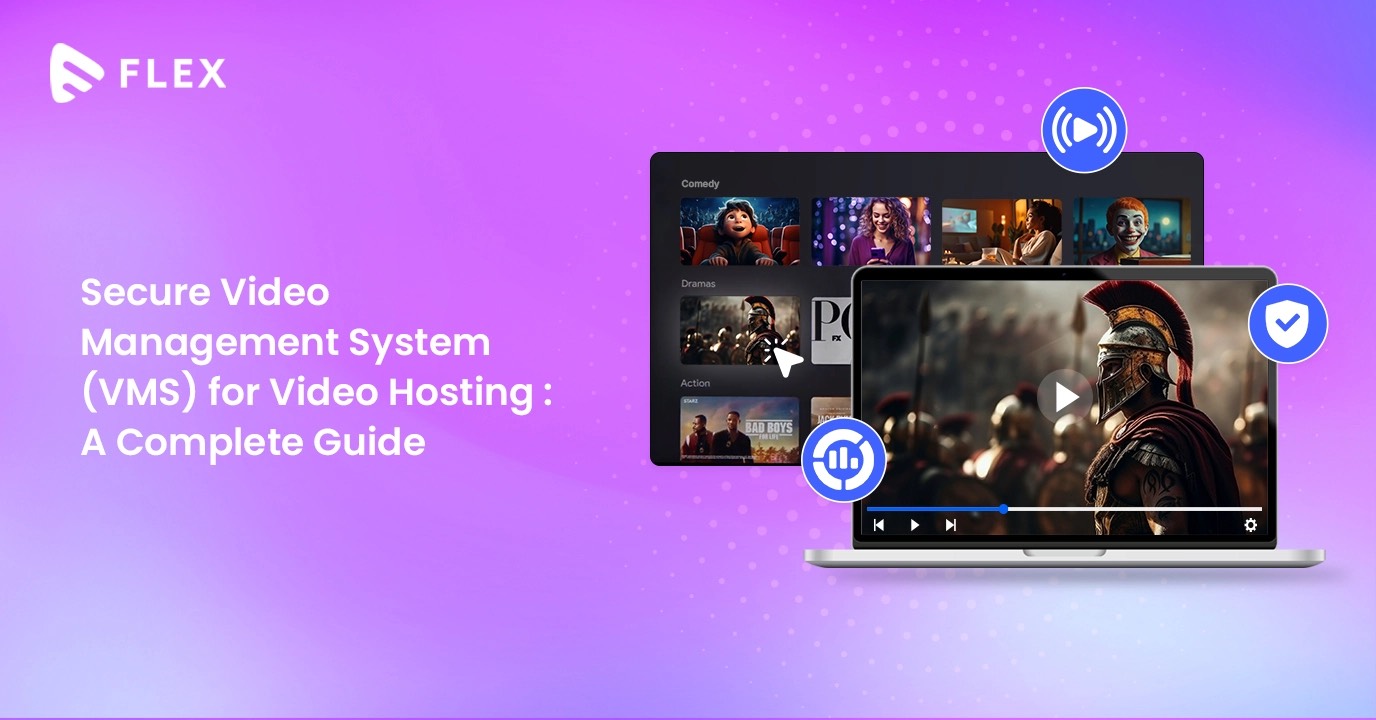

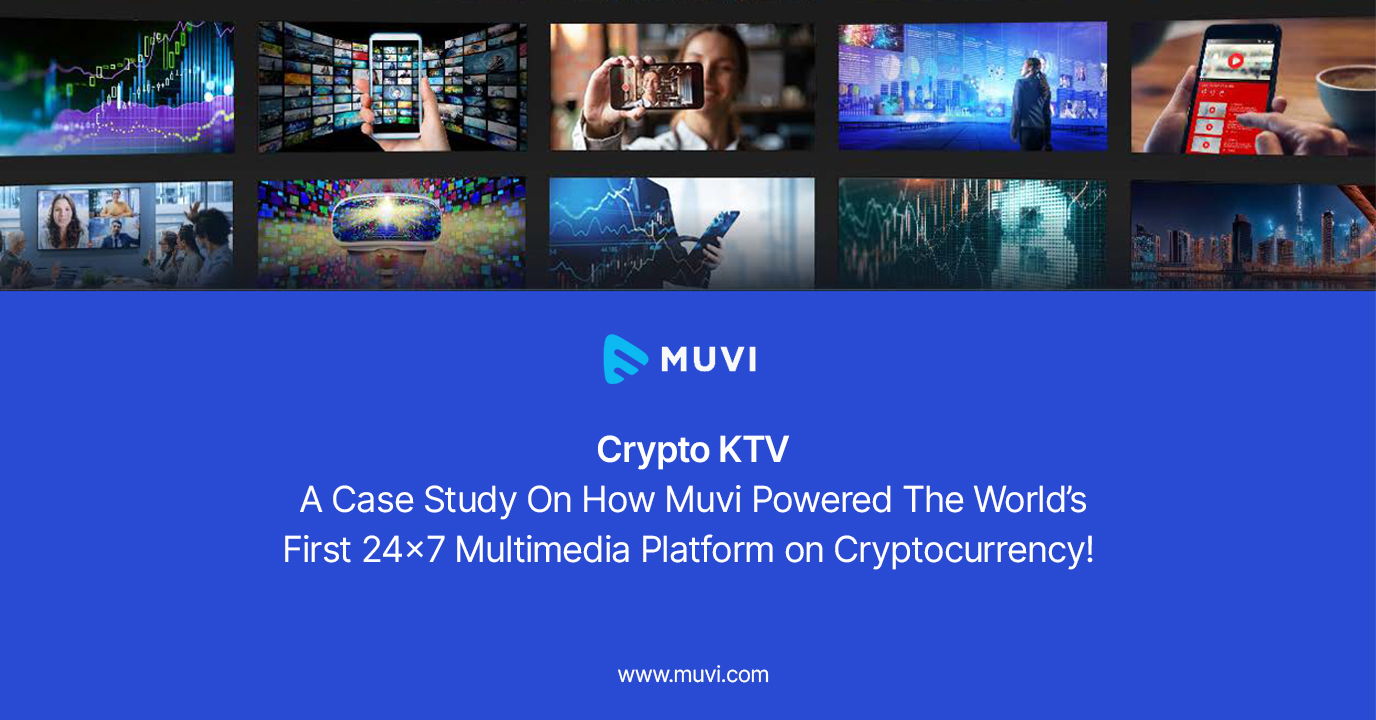
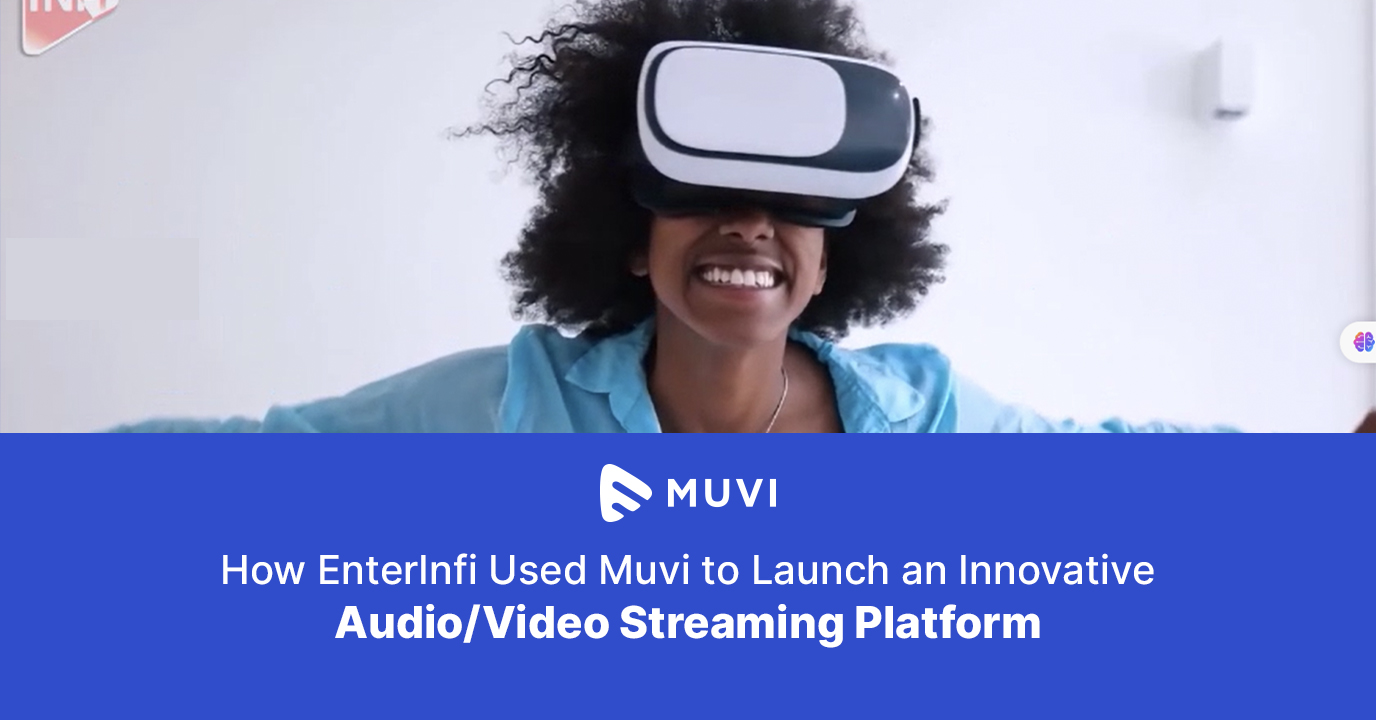





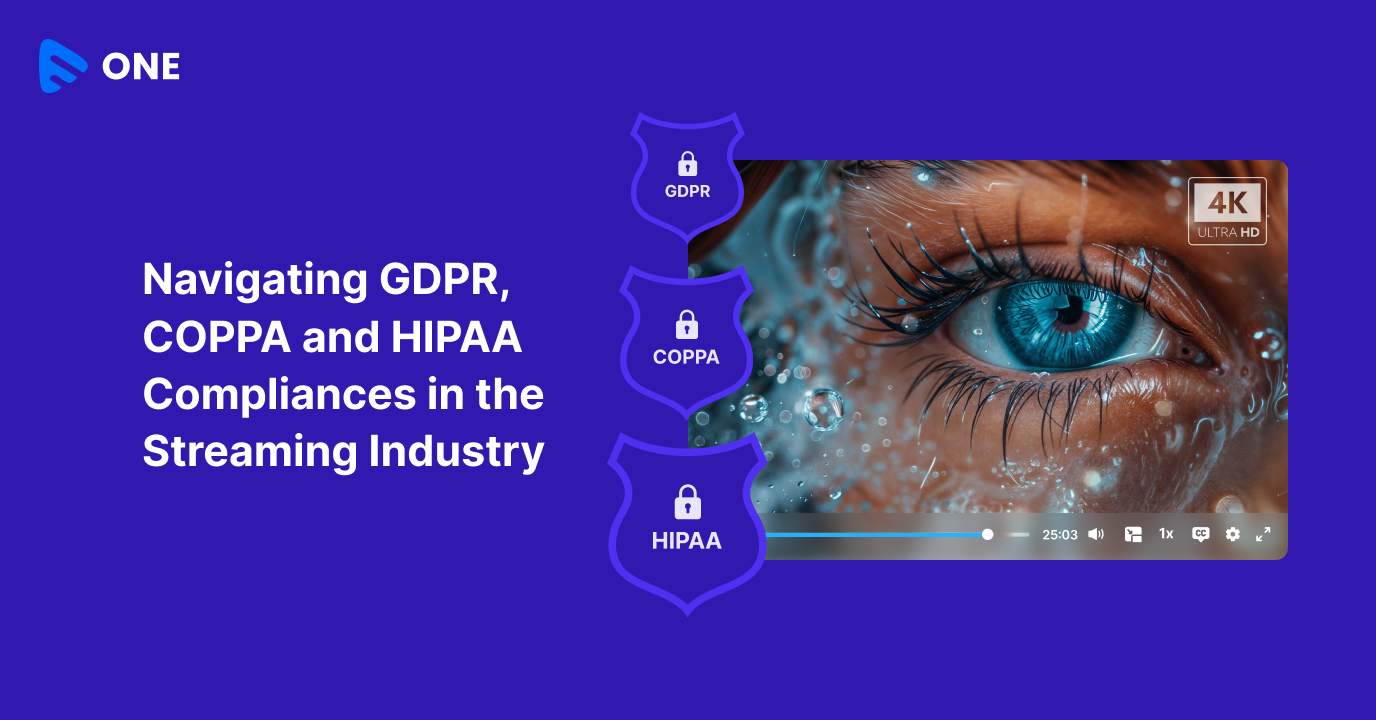
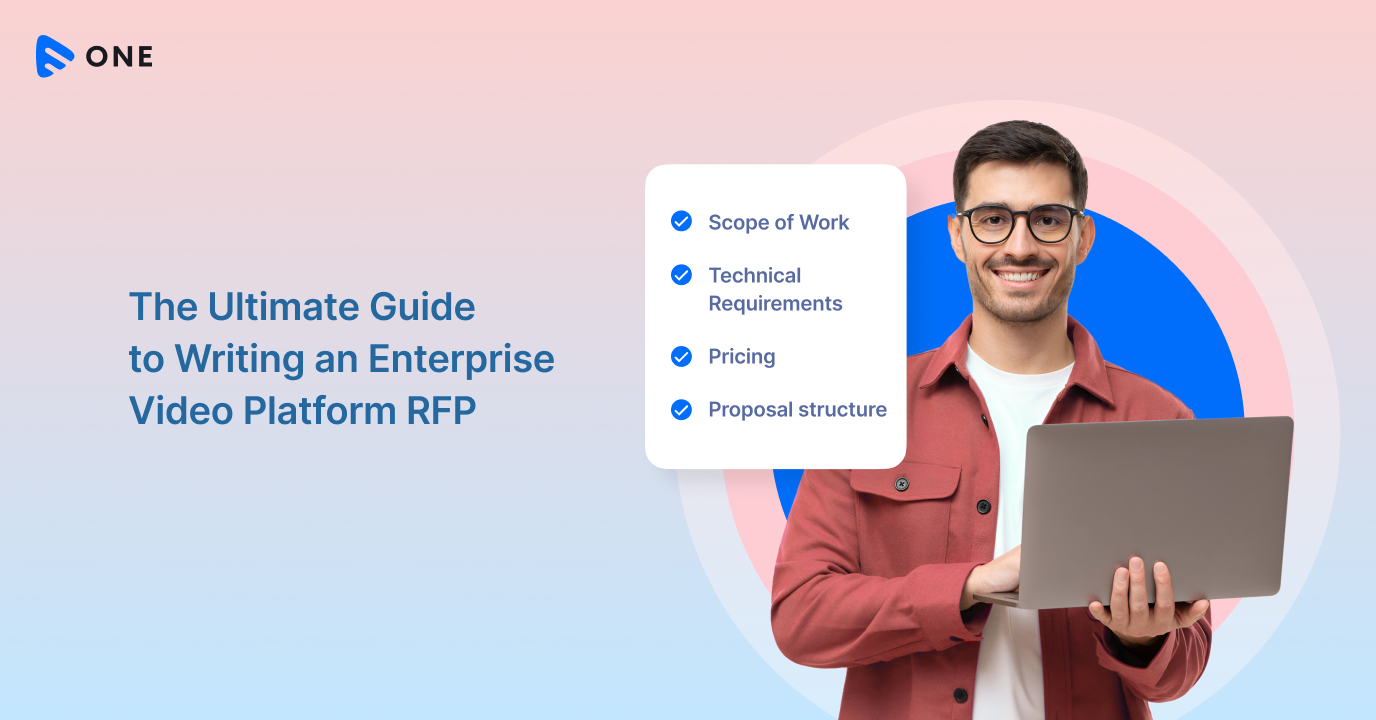




Add your comment